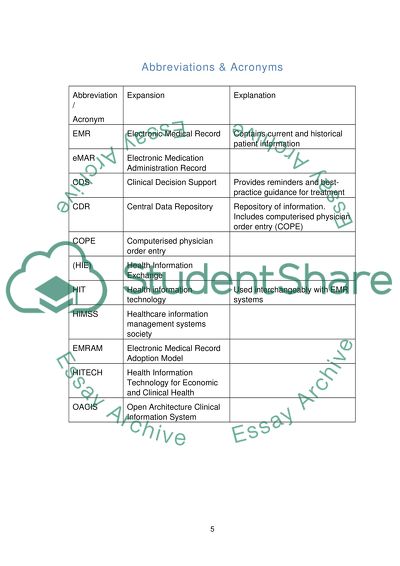Cite this document
(“Business Report Essay Example | Topics and Well Written Essays - 4000 words”, n.d.)
Retrieved from https://studentshare.org/environmental-studies/1423349-business-report
Retrieved from https://studentshare.org/environmental-studies/1423349-business-report
(Business Report Essay Example | Topics and Well Written Essays - 4000 Words)
https://studentshare.org/environmental-studies/1423349-business-report.
https://studentshare.org/environmental-studies/1423349-business-report.
“Business Report Essay Example | Topics and Well Written Essays - 4000 Words”, n.d. https://studentshare.org/environmental-studies/1423349-business-report.


